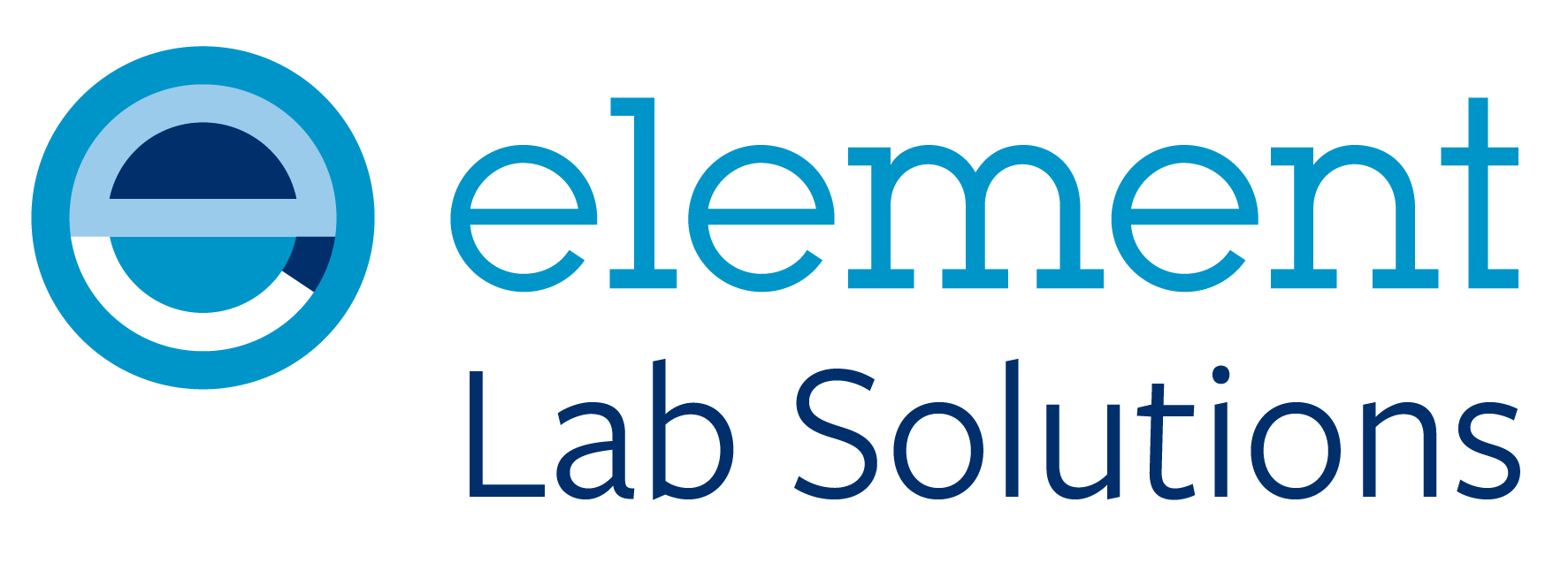UNDERSTANDING UHPLC
1 DAY - IN PERSON AT YOUR LAB
OR 2 HALF DAYS - LIVE ONLINE
This course explores the key principles and practical considerations of Ultra High Performance Liquid Chromatography (UHPLC) to facilitate robust methods suitable for routine analysis. Covering essential topics such as system hardware requirements and differences, column design and chemistry, flow paths, and performance-critical parameters like resolution, efficiency, selectivity, and backpressure.
A strong emphasis is placed on practical considerations, unique to UHPLC, that cause issues with method robustness in routine applications. These include considerations during method development, such as mobile phase composition, column chemistry and dimensions, to day-to-day considerations such as differences in hardware and preparation of reagents and samples.
With a clear focus on practical applications, this training enhances understanding and confidence in UHPLC, helping participants troubleshoot effectively, optimize methods, and make better-informed decisions across the entire chromatographic workflow. By building both theoretical insight and practical skills, the course promotes greater independence, reduced errors, and improved return on analytical investment.
COURSE OVERVIEW
Who is this course for?
Designed for delegates who have some practical experience working with HPLC and/or UHPLC, this training seeks to give a much wider and deeper understanding of the entire UHPLC process.
Previous Knowledge
Previous experience is not essential however delegates would benefit from a basic understanding of HPLC and some experience in routine HPLC analysis.
What you will learn
-
Chromatography fundamentals and system components
-
Key performance metrics -resolution, efficiency, and selectivity - what they mean and how to optimize them.
-
Mobile phase optimization strategies including flow rate, additives, gradients, pH control, and preparation best practices.
-
Column hardware. Impact of tubing, dimensions, and fittings on performance and pressure.
-
Column chemistry. Packing types, particle size, temperature effects, and efficiency factors.
-
UHPLC system hardware. Pump and autosampler designs, detector options, and flow cell considerations.
-
System performance factors. How hardware choices influence reproducibility, dwell volume, and transferability.
-
Practical insights into optimizing and maintaining your setup
Related Content
COURSE OUTLINE
Introduction
-
Chromatography foundation
-
Polarity and basic molecule properties
-
Modular HPLC system
Describing chromatography
-
Resolution
-
Capacity factor
-
Efficiency
-
Selectivity
-
UHPLC practical considerations
Mobile Phases
-
Flowrate
-
Organic additives
-
Gradient elution
-
Ionisation, pH control and buffering
-
Mobile phase preparation for UHPLC
-
Ion pairing reagents
HPLC Column Hardware
-
Tubing and fittings
-
Column length
-
Internal diameter
HPLC Column Packing
-
Silica packing
-
Porosity
-
Particle size
-
Advantages and disadvantages of sub 2 µm column packing
-
Factors other than column affecting efficiency
-
Back pressure
-
Superficially porous particles
-
Column temperature
-
Bonded silica – endcapping, self-association, pH restrictions
-
Chemically bonded ligands
-
Column protection and repair
HPLC System Hardware
-
Pump designs – pump designs, components, high pressure mixing and low pressure mixing
-
Autosampler designs – designs, switching valve, components
-
UV / PDA detection, flow cell requirements for UHPLC
Hardware Differences
-
Pump
-
Gradient dwell
-
Extra column volume
-
Detector speed
-
Gradient elution – worked example
Is UHPLC Ideal For Your Application?
-
Particle size
-
Sample preparation costs
-
Solid core
-
Reduced solvent usage
